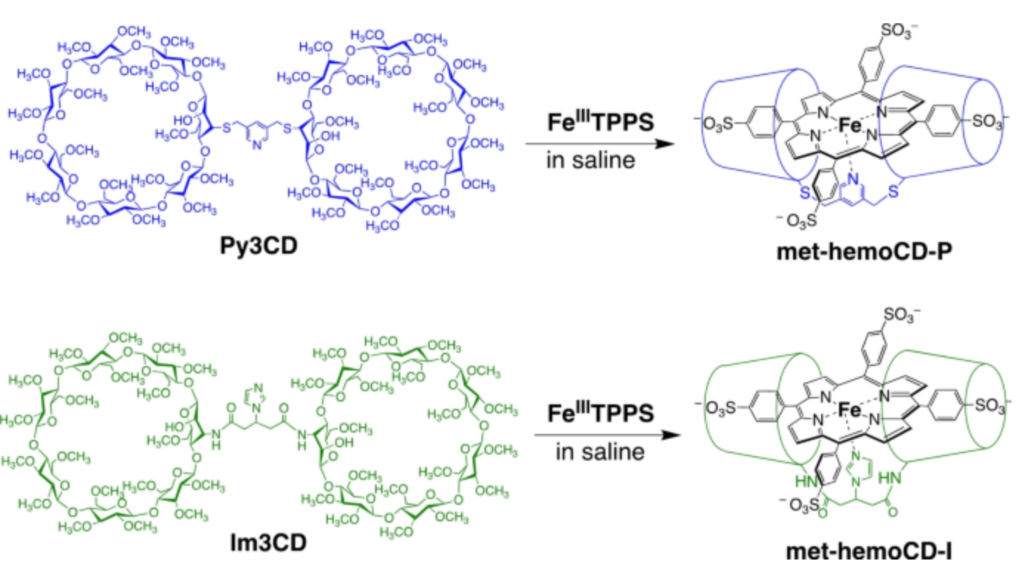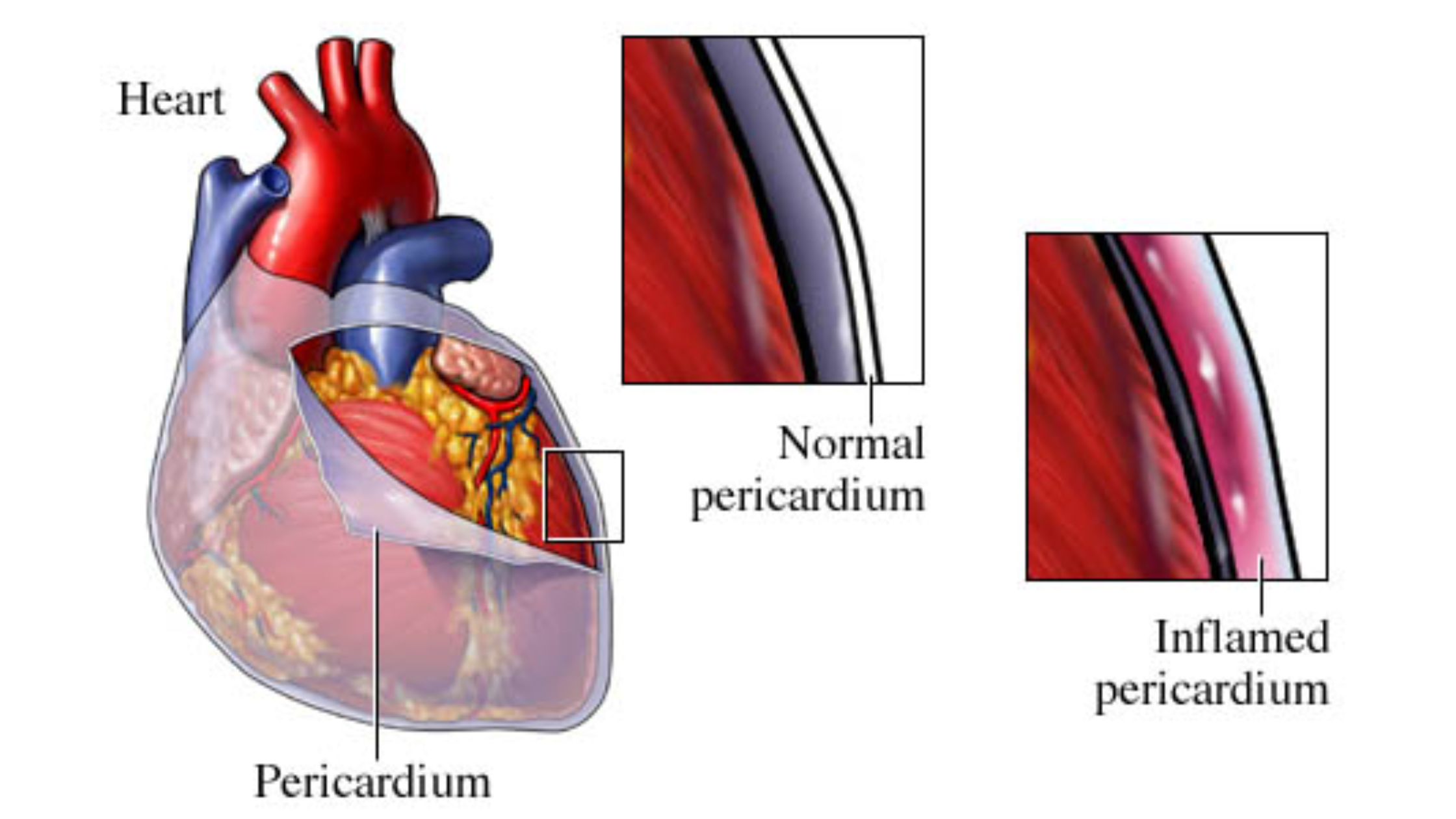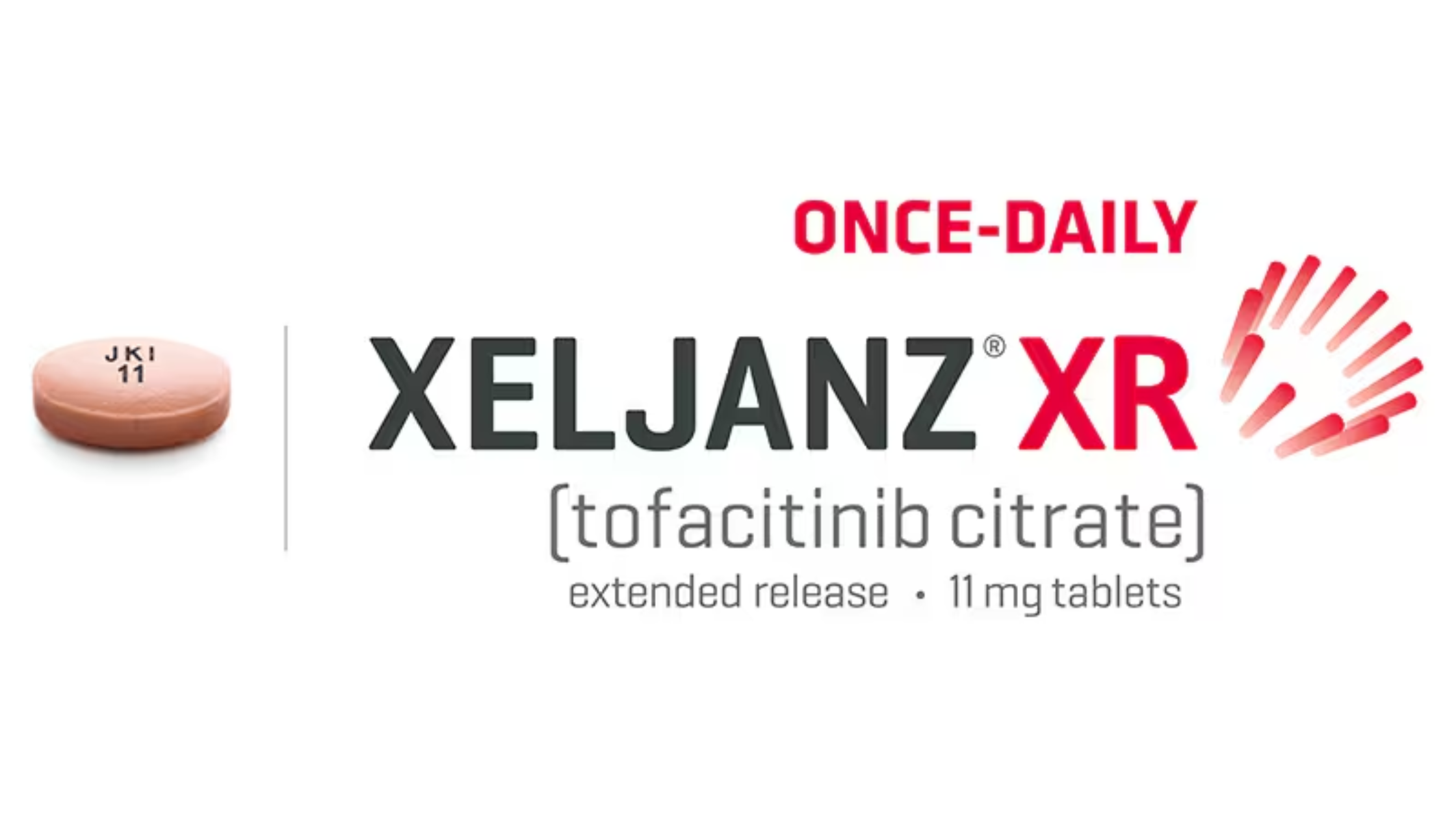Last updated on March 6th, 2025 at 07:50 am
Hydrogen sulfide (H2S) is a deadly, colorless gas that carries a characteristic odor of rotten eggs. It may seem unpleasant but fails to provide enough of a warning at dangerous concentrations. Often released by decaying organic matter, hydrogen sulfide is a major concern for workers in high-risk environments.
Sewage systems, mining operations, and manholes. While it naturally occurs in small quantities in the environment, its high toxicity and ability to accumulate at lower altitudes pose a severe threat to those who encounter it in high concentrations. Shockingly, there has been no effective antidote to hydrogen sulfide poisoning—until now.
A breakthrough in antidote development could potentially save countless lives. A groundbreaking study led by Professor Hiroaki Kitagishi at Doshisha University has discovered a promising antidote that could counteract the effects of hydrogen sulfide poisoning. The study, published in Scientific Reports on December 10, 2024, sheds light on a novel approach to treating this lethal gas exposure.
The Dangers of Hydrogen Sulfide Gas
Hydrogen sulfide is particularly dangerous due to its ability to bind strongly to a critical enzyme in your body: cytochrome c oxidase (CcO), which is responsible for the process of aerobic respiration. This enzyme, found in the mitochondria, is essential for converting oxygen into energy. When hydrogen sulfide binds to CcO, it effectively shuts down this vital process, leading to a rapid onset of respiratory failure. In high concentrations, exposure to hydrogen sulfide can lead to death within minutes.
Additionally, the gas has a high relative density compared to air. This means it accumulates in low-lying areas, making manholes, sewers, and other underground spaces particularly hazardous. It is no surprise that workers in these environments are at high risk of exposure.
Unfortunately, despite the obvious danger hydrogen sulfide poses, no antidote has been developed to counteract its deadly effects—until now. This is where the recent findings from Professor Kitagishi and his team come into play.
A Breakthrough Antidote: HemoCD-Twins
The team at Doshisha University has been working on synthetic heme-model compounds, known as hemoCDs, for over two decades. These compounds mimic the functions of natural hemes in the human body, such as hemoglobin, but are made from entirely synthetic materials. Their research had previously shown promise in treating carbon monoxide and hydrogen cyanide poisoning in animal models. Now, they have turned their attention to hydrogen sulfide.

In their latest study, the researchers tested two synthetic heme compounds—met-hemoCD-P and met-hemoCD-I—to see if they could effectively neutralize hydrogen sulfide in the body. These compounds were chosen because they exhibit a higher affinity for hydrogen sulfide compared to the natural hemes in the human body, such as met-hemoglobin.
The results were astounding. Among the compounds tested, met-hemoCD-I demonstrated a remarkable ability to “scavenge” hydrogen sulfide. It showed an affinity for the gas almost 10 times higher than that of human met-hemoglobin, which is the primary molecule responsible for oxygen transport in the blood. Moreover, the compound was able to convert the toxic hydrogen sulfide into non-toxic sulfite and sulfate ions, a critical step in neutralizing the poison.
Promising Results in Animal Testing
The team conducted tests on mice that had been treated with hydrogen sulfide, administering met-hemoCD-I as a potential antidote. The results were promising: the mice that received the antidote showed significantly improved survival rates compared to those that did not. Furthermore, tissue samples from the brain and heart, which had been affected by the poisoning, showed restored cellular activity. The CcO enzyme, which had been inhibited by hydrogen sulfide, returned to normal functioning, indicating that met-hemoCD-I could successfully reverse the effects of poisoning.
Even more reassuring, the compound showed no significant side effects. When injected into the mice, met-hemoCD-I was excreted through the urine without undergoing any harmful chemical changes in your body. This makes it a safe and viable option for treating hydrogen sulfide poisoning.
A Vision for the Future
This development is a major step forward in the fight against gas poisoning. According to Professor Kitagishi, this antidote could provide a single solution for treating multiple types of gas poisoning, including hydrogen sulfide, carbon monoxide, and hydrogen cyanide. “Using hemoCD-Twins, we can provide one powerful solution for multiple gas poisonings, even if the cause is unknown,” he explained.
The team’s next step is to move forward with clinical trials to confirm the effectiveness and safety of this antidote in human patients. In the future, they hope to bring this life-saving treatment to medical settings around the world, especially for use by workers in high-risk industries and rescue personnel.
A Lifesaving Solution for Workers Worldwide
The importance of this development cannot be overstated. With hydrogen sulfide poisoning being a frequent danger in fields like mining, sewage management, and rescue operations, this antidote could revolutionize the way we approach these potentially fatal incidents. By providing a quick and effective remedy, met-hemoCD-I could save lives and improve safety protocols in hazardous environments.
The team at Doshisha University has brought us one step closer to protecting workers and first responders from the deadly effects of hydrogen sulfide, and their innovative research has the potential to transform medical treatment for gas poisoning on a global scale. As trials continue and more data is gathered, the hope is that this antidote will soon be available to help save lives in emergencies, providing a much-needed solution to a deadly problem. For more news visit Medical Antidote.
Are you planning to climb high altitudes? Discover the best way to prevent altitude sickness.




